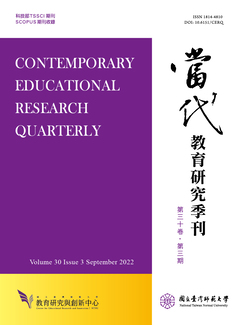

In response to the lackluster position of German universities in international rankings, in 2006 the German government initiated its Excellence Initiative and began to invest large sums in a few select universities in order to establish "German Harvard University." The results have been alternatively evaluated by using the metaphors of a lighthouse and a windmill. This paper uses document analysis to evaluate the influence this Initiative has had on German Universities. After presenting the traditional ideas on higher education in Germany, this paper describes the budget distribution of the Initiative as well as its effects. Universities in modern Germany mainly subscribe to the ideal of Humboltian homogenization; by contrast, the Initiative is based on promoting academic excellence through competition. Moreover, the budget distribution of the Initiative is quite centralized, and the federal government is making rapid progress in its efforts to rank German universities. The focus of the Initiative is on cutting-edge research rather than academics, with additional funding being made available based on the results of such research. As a result, teaching quality has been neglected, as evidenced by the decreasing importance given to teaching prizes, teaching assistantships, and academic professorship. Another result of the Initiative is that it encourages intense competition to recruit top-notch scholars, who are likely to end up concentrated in a small number of elite research institution. Even so, creating a world-class research university is not merely a matter of investing vast sums of money in a small number of universities. This is made clear from the case of Munich University, which has actually dropped in the international rankings and would be better described as a "windmill" rather than a "lighthouse."

This work is licensed under a Creative Commons Attribution-NonCommercial 3.0 Taiwan License.
Center for Educational Research and Innovation, National Tawain Normal University
162, Ho-Ping East Rd, Sec. 1, Taipei, Taiwan | Tel:+886-2-7749-3670 | E-mail: cerecerq@gmail.com
CERI | NTNU | E-mail Alerts | Open Journal System
© 2014 CERI-NTNU
